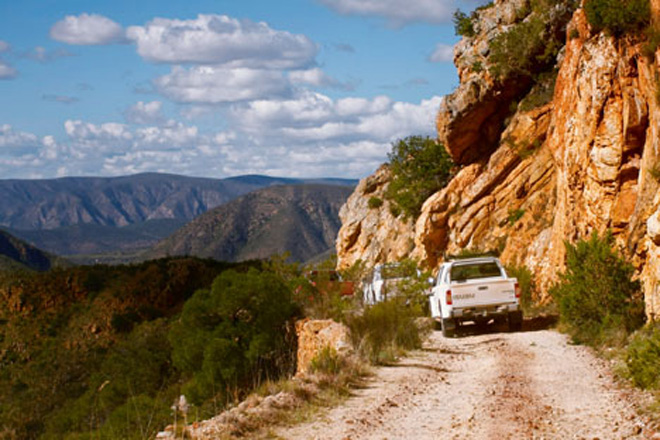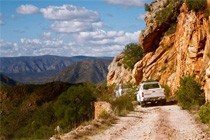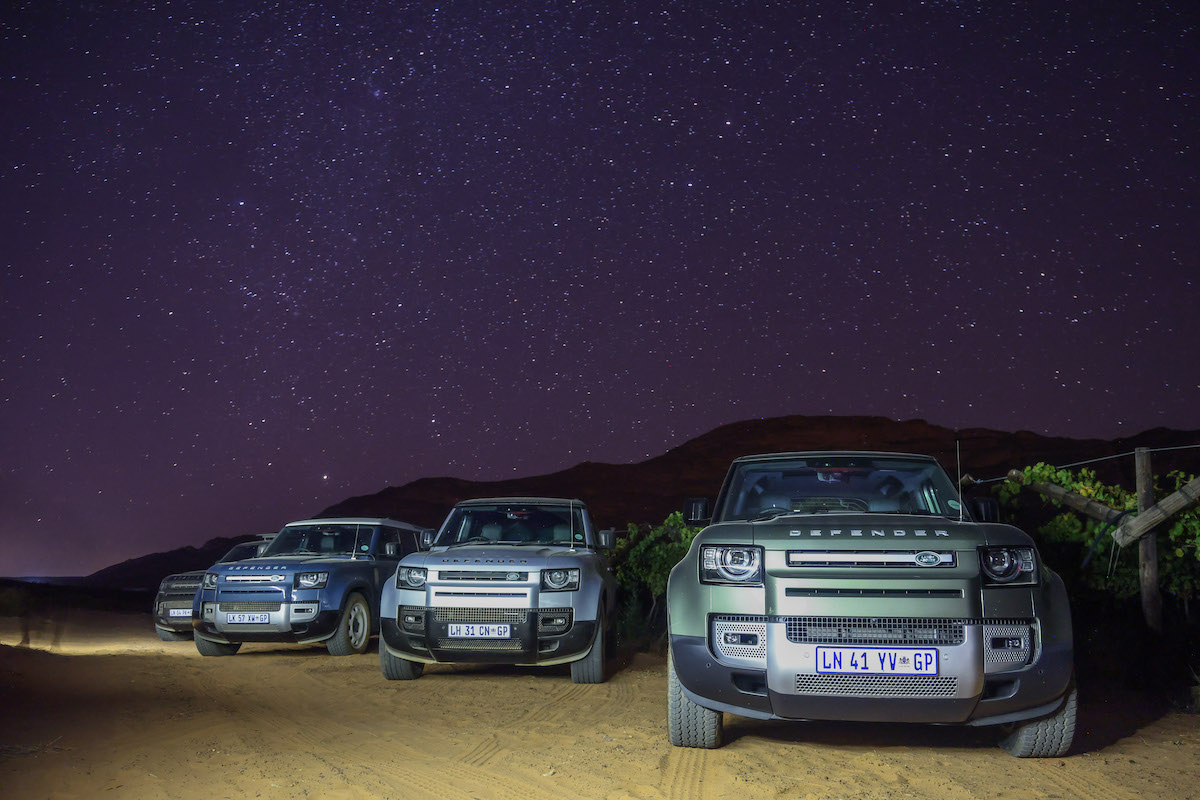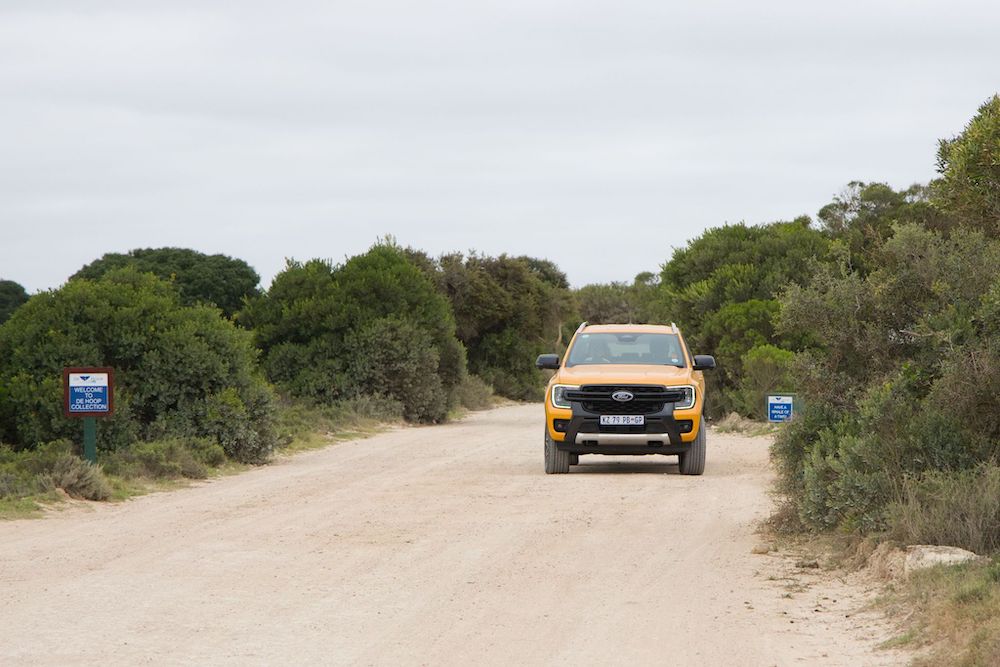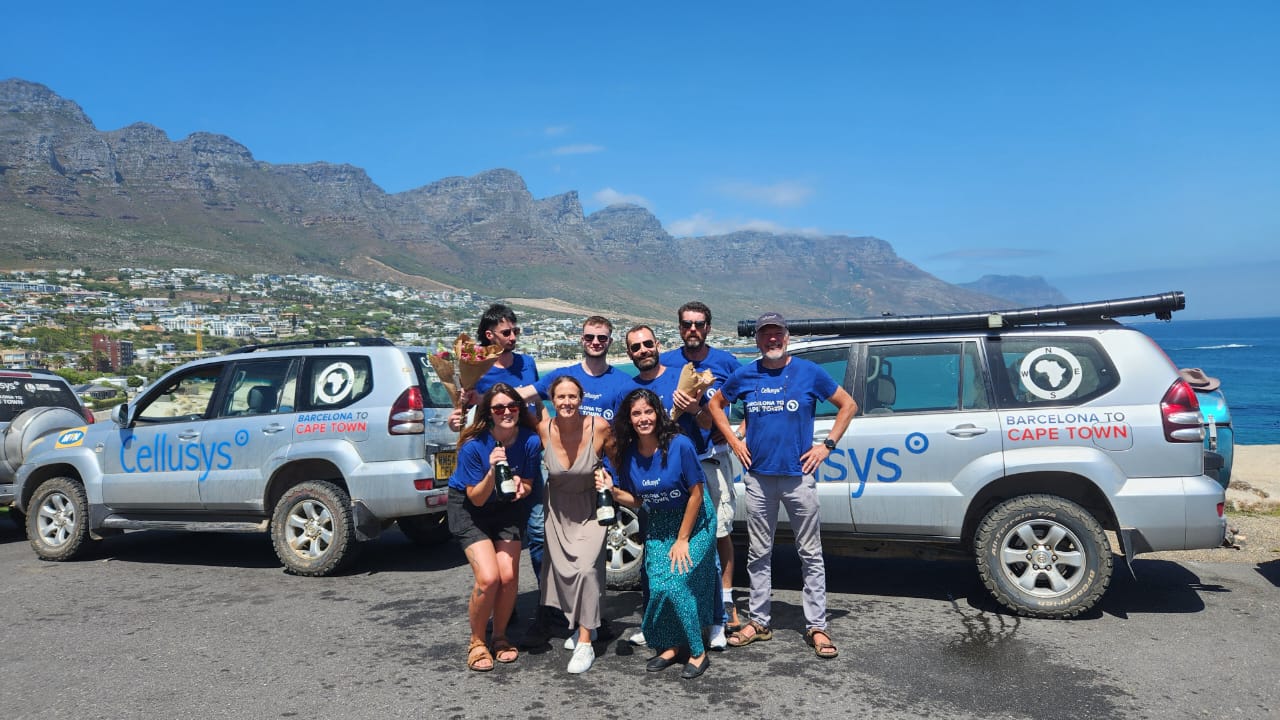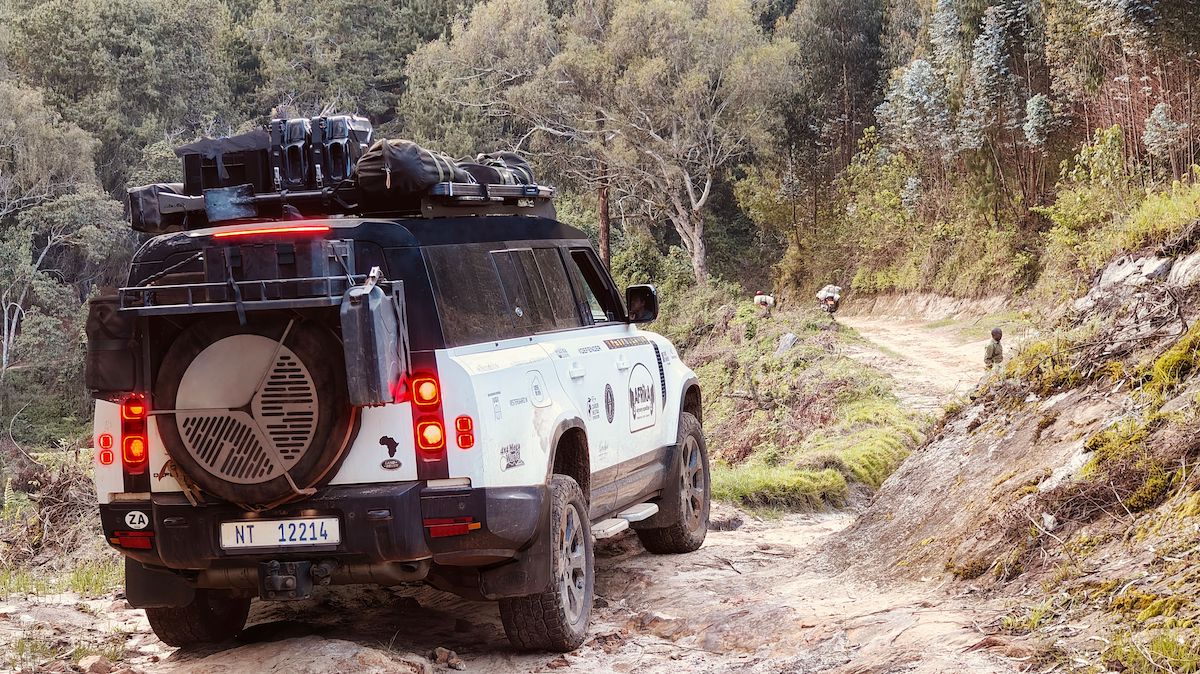Text and photographs: Stephen Smith
At the heart of the Baviaanskloof experience is the Baviaanskloof Nature Reserve, a 200 sq km expanse of unspoiled, rugged, mountainous wilderness. But the area that is worth exploring is much, much bigger than just the reserve.
The greater Baviaanskloof area has remained undeveloped, and even relatively unfarmed, because of the mountainous topography and the relative inaccessibility of the area. Because of this it is one of South Africa’s biggest wilderness areas, lending itself towards the development of a mega-reserve.
For an area to be classified as a mega-reserve, it must be in excess of 400 000ha, and also contain a number of different biomes, allowing for evolutionary processes to continue naturally. A mega-reserve is also big enough to allow for local migration of animals.
The Baviaanskloof contains seven of the eight biomes found in South Africa, and is one of the eight protected areas within the Cape Floral Region Protected Areas, which is a World Heritage Site.
The Baviaanskloof is located about 120km west of Port Elizabeth, and runs more or less from the town of Patensie in the east to the town of Willowmore to the west. We approached from Willowmore, stopping for a tasty lunch at the Willow Historical Guest House before heading farther into the valley.
Already it is easy to see that you are in for a treat, as you drive through pretty mountain passes and past hillsides covered with flowering aloes.
As you go farther into the valley, passing the well-known, rusted Chevy wrecks on the side of the dirt road, the area becomes a little wilder, and you get that wonderful feeling of remoteness beginning to wash over you. There are still farmhouses every now and again, but you get the sense that this is no longer a community that can pop into town for bread and milk.
We spent the night at Zandvlakte Guest Farm, a working farm in the middle of the Baviaanskloof Valley, and very close to the entrance of the actual reserve. Some of the buildings date back to 1811, and have been lovingly restored and converted into comfortable accommodation.
The setting is beautiful, and fabulous home-cooked meals can be had, provided that they are organised beforehand.
The start of the actual Baviaanskloof Nature Reserve is marked by a boom, manned by staff of the Eastern Cape Parks Board. Here you pay your entry fee (of R25 per person) before being allowed in. This is also where the real off-roading experience begins, as the road begins to wind through more and more rugged mountain passes, each more beautiful than the last.
A few streams and rivers crisscross the valley, and in wet weather this can turn the road into a real challenge, with a number of interesting water crossings. But the road is almost always firm under the wheels, so drivers shouldn’t get stuck, providing they have enough ground clearance, and maintain momentum.
Animal life is abundant in the nature reserve, although we didn’t see a great variety – spotting numerous kudu and baboons (after which the valley is named), and a few red hartebeest, but little else. There are, however, buffalo, rhino, leopard and jackal in the reserve, to name the more exciting possibilities. Birdlife is also abundant, and more varied, and potential highlights include white-bellied korhaan, blue crane, Stanley’s bustard, black harrier and black eagle.
The real attraction of the Baviaanskloof is the unrivalled scenery. The road cuts into the edge of mountain after mountain, the slope climbing on one side, and plummeting to the valley floor on the other. From any high vantage point, and there are many, the view is astounding, with row after row of folded hills disappearing into the distance, and with no sign of civilisation anywhere.
The drive through the valley took us a total of about eight hours, from Willowmore all the way through to Patensie, although that includes stopping for a few photographs along the way, and to inspect the very interesting cableway in the reserve, built many years ago by a farmer to get his produce out of the valley, and no longer in service.
But be aware: if you’re a bird-watcher, a keen photographer, or a walker, it would be very easy to spend far longer on the drive than we did.
In fact, it would be very easy to spend four or five days in the Baviaanskloof, exploring the dozens of kloofs along the way, and looking for the elusive buffalo and rhino. Another option would be to speak to any of the guesthouses in the area about organising a tougher 4×4 drive, such as the one that we did up to the Telkom tower near Zandvlakte that would rate as a grade 3 or 3,5 trail.
If you’re looking for a kidney-pounding trail that will test you and your vehicle to your limits, then the Baviaanskloof might not be the place for you. But if you’re interested in completing one of our country’s must-do drives, enjoying spectacular scenery and a sense of wilderness, then give it a go. And try to do it during the week and out of school holidays too, if you can, because then you will have to whole place to yourselves, as we did, and you will be in for a magical experience.
TRAVEL PLANNER
HOW TO GET THERE:
The Baviaanskloof lies 120km west of Port Elizabeth, and stretches about 200km west. To get there, follow the N2 south from Port Elizabeth, and take the R331 to Patensie. From Patensie to the beginning of the Baviaanskloof is a short drive along a dirt road.
From the west, take the N9 to Willowmore. From there take the R332, and follow it until you reach the Baviaanskloof. Willowmore is approximately 570km from Cape Town.
Where to stay:
Zandvlakte Guest Farm:
Cost: From R240 pppn.
Contact: 049 839-1002; www.baviaanskloof.com
Baviaanskloof Nature Reserve
There are three campsites in the reserve, as well as the Bergplaas mountain hut.
Cost: R25pp entry fee
Accommodation: Camping from R180 per sight per night, for up to six people.
Trail hut: R50 pppn
Contact: 043 705-4400; www.ecparks.co.za
